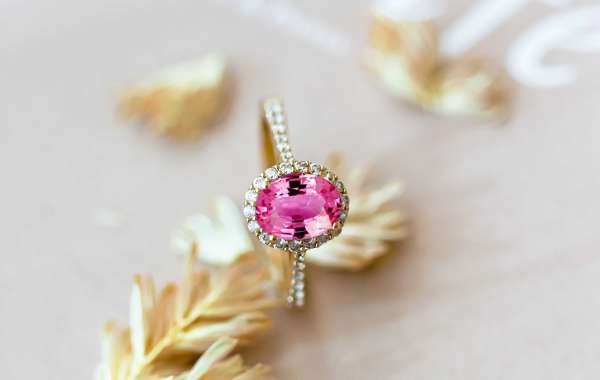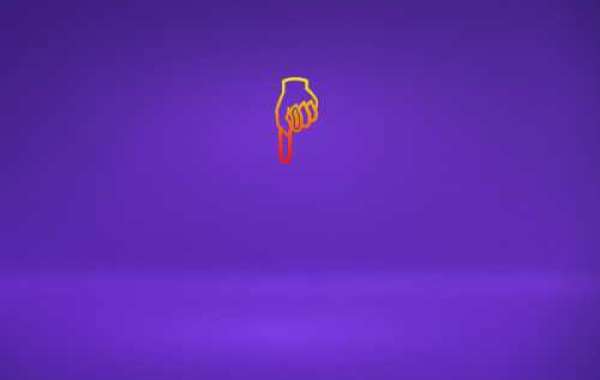Pink sapphires, with their mesmerizing hues and captivating beauty, have long enchanted gemstone enthusiasts and jewelry connoisseurs alike. These rare and alluring gems hold a unique place in the world of colored gemstones, and their prices reflect their desirability and scarcity. In this blog, we delve into the intriguing realm of pink sapphire prices, exploring the factors that influence their value and shedding light on the intricacies of this enchanting market.
The Power of Color:
When it comes to pink sapphires, color is king. The intensity, saturation, and hue of the pink tone are crucial factors in determining their value. Vivid and rich pink sapphires price are highly sought after and command premium prices, while lighter or pastel shades are generally more affordable. The most valuable pink sapphires exhibit a fine balance of color, neither too dark nor too pale.
The Clarity Conundrum:
Clarity plays a vital role in assessing the value of a pink sapphire. Just like other gemstones, sapphires can have inclusions and blemishes that affect their visual appeal. Gems with excellent clarity, devoid of visible flaws or imperfections, are considered more valuable. However, it is important to note that some inclusions, such as silk or rutile needles, can enhance the uniqueness and character of a pink sapphire, making it highly prized by collectors.
Cut and Carat Weight:
The craftsmanship of the gem cutter and the carat weight of a pink sapphire also contribute to its price. A well-cut pink sapphire maximizes its brilliance, sparkle, and overall beauty. Stones that are skillfully faceted and exhibit optimal proportions tend to command higher prices. Moreover, larger pink sapphires are generally rarer and more valuable than smaller ones, assuming other factors like color and clarity remain comparable.
The Impact of Origin:
The geographical origin of a pink sapphire has a significant influence on its value. Sapphires from certain regions have earned a reputation for producing exceptional gemstones, often commanding higher prices. For instance, pink sapphires from Myanmar (Burma), known for their intense pink hues, are highly coveted. Sapphires from Sri Lanka (Ceylon) and Madagascar are also prized for their vibrant colors and excellent clarity.
Untangling the Treatment:
Treatment is a common practice in the gemstone industry to enhance the appearance of sapphires. Pink sapphires may undergo treatments such as heating or diffusion to intensify their color or clarity. While natural, untreated pink sapphires are typically more valuable, transparent disclosure of any treatments is essential. Heavily treated or synthetic pink sapphires tend to have lower prices due to their altered nature.
Market Dynamics:
The dynamic nature of the market greatly influences pink sapphire prices. Supply and demand fluctuations, consumer preferences, and prevailing fashion trends all impact the gemstone market. The popularity of pink gemstones, celebrity endorsements, and emerging design trends can create spikes in demand, leading to price fluctuations. Staying informed about current market trends can help buyers and sellers navigate the pink sapphire market effectively.
Conclusion:
As we journey through the fascinating realm of pink sapphire prices, it becomes evident that these captivating gemstones are not only valued for their exquisite beauty but also for their rarity and uniqueness. The interplay of factors such as color, clarity, cut, origin, treatments, and market dynamics all contribute to the complex pricing of pink sapphires.








